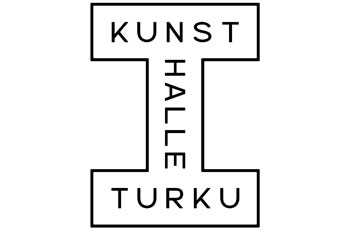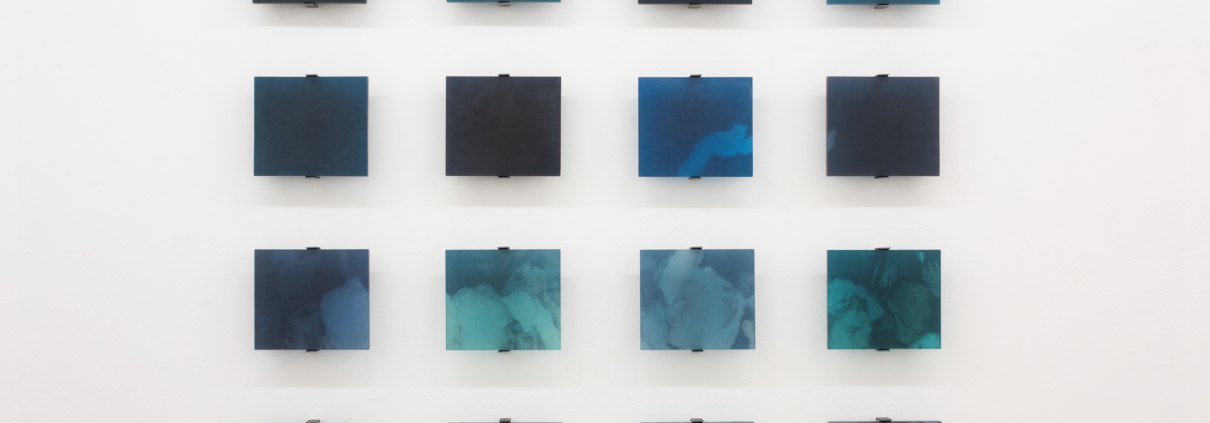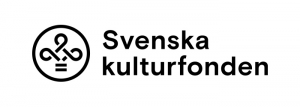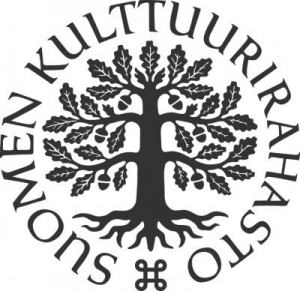Opening on Thrusday May 8th 5pm-7pm
Guided tour on Saturday June 14th 1pm.
The term relief comes from the Latin verb relevare, which means ‘to raise’ or ‘to lift again’. In a similar way the works in this exhibition lift photographic material from public and personal queer archives. Relief is also used to describe a feeling of ease, from emotions or burdens that weigh one down.
The works are photographic but not photographs or images in themselves. As reliefs they explore and invert the idea of the sculpted image plane, creating depth and space through light, colour and shadow. The used pigments obscure the transparency of the casted screens but also transform the photographic material, enhancing hues and moods that already exist in the original images. The screens protect the subjects from full visibility and overview, while oscillating the works between abstraction and figuration as well as narration. This movement of perception can be felt to extend the time and space of the photographs into the presence.
Sometimes when encountering a photograph in an archive or a gallery space you feel touched, it speaks to you. Roland Barthes refers to this as the punctum of the photograph, that something outside the studium, which ‘pierces and wounds’ the observer (Camera Lucida: Reflections on Photography, 1980). It also relates to the passage of time that becomes apparent through the photograph itself. When approaching the works in the gallery, one might find that it takes time to decode the underlying images, gradually seeing how they overlap, disconnect or how ‘that which is left out’ starts to speak.
The image material stems from the LGBTIQ+ section of the Werstas archives in Tampere, a personal archive in Helsinki as well as the IHLIA-Archive in Amsterdam. The footnote * in the exhibition title points to the underlying photographic material being historical. Working with sensitive archival images demands a certain sense of responsibility and raises questions like: who has the right to work with the material? There is no simple answer to this. Artists’ interventions into queer archives can be seen as a way of creating dialogues with historical material through artistic sensibilities.
Oscar Eriksson Furunes creates spatial installations that reflect upon relations to queer pasts, presents and futures. In 2024 he won Høstutstillingsprisen for the installation night watch at Kunstnernes Hus in Oslo. Another installation, light blue, has recently been part of the exhibition Setting the Tone of the Exhibition curated by Jacob Fabricius at Malmö Art Museum. Oscar’s partner, Juho Antti Eerola, is an important part and support in the realisation of the larger installation works as well as this exhibition.









